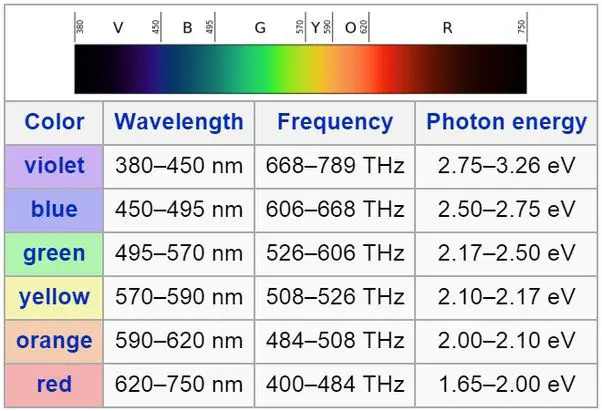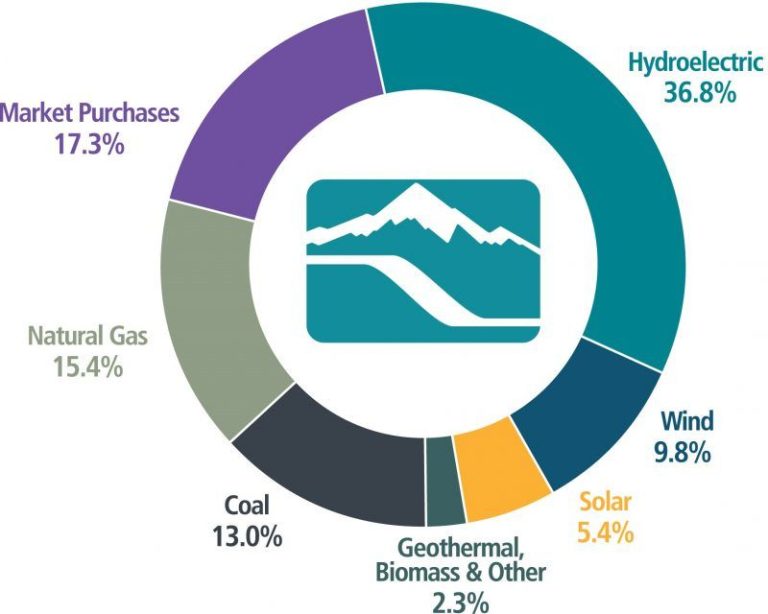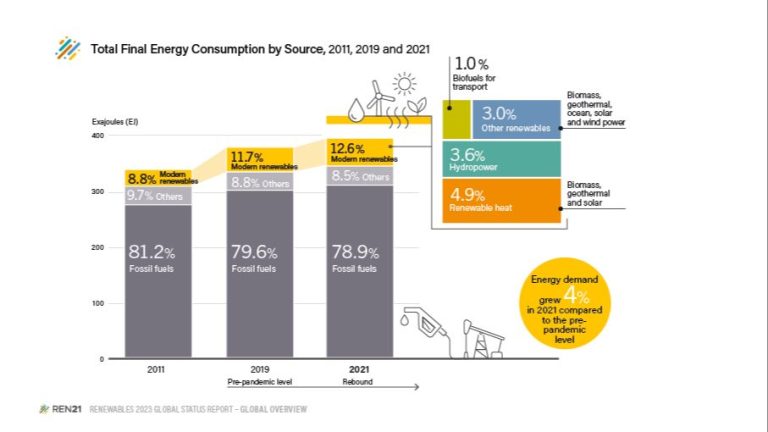What Does A Wave Carries?
Waves are disturbances that carry energy and information as they propagate through a medium like water or air. They are formed by any oscillating or vibrating motion, such as when wind blows across the surface of an ocean or lake. This disturbance creates ripples on the water’s surface, transmitting energy through the water without actually moving any water molecules horizontally. The molecules simply bob up and down around their original positions as the wave passes by.
The specific properties of a wave depend on the type of disturbance that created it and the characteristics of the medium it’s traveling through. But all waves share some common defining traits. They all transport energy without transporting any permanent mass or matter. They also exhibit periodic oscillations with repeating patterns of crests (high points) and troughs (low points). Understanding how waves form and behave allows us to harness them for useful applications in our everyday lives.
Energy Transport
One of the main things that waves transport or carry is energy. As waves travel through a medium like water or air, they transport energy from one location to another without actually moving any matter. The water molecules themselves don’t travel with the wave, but the energy is passed along. This allows waves to transmit energy over long distances.
The energy transported by waves has its origins in forces like wind, earthquakes, or even vibrations from musical instruments. These forces generate waves that then propagate through a medium, carrying the energy of the forces that created them. The amount of energy transported depends on the properties of the wave, such as its amplitude and frequency.
For example, in the ocean, winds blowing across the surface generate waves. As these waves travel across the ocean, energy is transferred through the water over long distances, despite the water itself not being moved permanently. The energy of the wind is able to travel far beyond where the wind originated through the propagation of waves.
Information Transfer
Waves can carry information through modulation of their properties like amplitude, frequency, phase, and polarization. By altering these wave characteristics, information can be encoded and transmitted. For example, AM/FM radio works by modulating the amplitude/frequency of carrier waves to encode audio signals. Fiber optic communications use light waves modulated in amplitude and phase to transmit data signals. even ocean waves can carry information by modifying wave height to encode messages across long distances. So waves act like information carriers, with their properties as the medium to imprint data. This allows transmission of information through space wirelessly or via wave mediums like optical fibers.
Forces
Ocean waves exert various forces on objects and structures in their path. One of the most significant forces is drag, which is a force that pushes against the flow of water. As waves pass by structures, the rush of water creates drag that pushes against pillars, pylons, and other objects. Taller structures and those with larger surface areas experience greater drag forces from waves.
Another force exerted by waves is lift. This occurs when the wave flows under an object, creating an upward force. The lift force can cause floating objects to rise up and down with the waves. It can also put additional strain on structures, requiring them to be strongly anchored to resist lifting forces.
The powerful forces of ocean waves can damage structures not designed to withstand them. Engineers must carefully calculate drag and lift forces when planning offshore oil platforms, bridges, docks, and other ocean structures. Proper construction is essential so that the structures can endure forces exerted by even the largest waves.
Sediment Transport
Waves have a powerful ability to pick up and transport sediment in aquatic environments. As waves travel across the surface of oceans, lakes, and rivers, the oscillating water motion extends down to disturb bottom sediments. The swirling turbulence lifts bits of loose sand, silt, gravel and other particles into suspension.
Once floating freely in the water column, sediment particles can travel long distances with the waves and currents before settling again. This constant churning motion and transport of sediment is crucial for shaping coastlines, building up sand bars and barrier islands, and maintaining dynamic deltas. Sediment moved by waves also replenishes eroded beaches and deposits nutrients for coastal ecosystems.
The ability of waves to carry sediment depends on several factors. Stronger, more powerful waves can suspend heavier particles and transport them longer distances. The size and type of sediment matters too, with fine-grained silt and clay more easily lifted than coarser sand and gravel. Overall, the mixing and dispersal of sediment by wave activity is a fundamental process in aquatic environments around the world.
Floaties
Waves can carry all sorts of floating objects and debris along the water’s surface. Things like driftwood, seaweed, plastic trash, and even lost shipping containers can be transported great distances by wave motion. This occurs because floating objects are pushed along by the forward momentum of waves as they travel. Heavier objects like logs tend to bob up and down while remaining mostly in place. Lighter objects like plastic bottles are more easily swept along by wave currents.
Beachcombers often search for interesting bits of driftwood, glass floats, or message bottles washed up after their long journeys across the ocean. Wave-driven surface currents play a key role in gathering and dispersing floating marine debris and pollution. Understanding how waves transport floatable objects helps oceanographers track ocean currents and model the movement of pollution.
Chemical Dispersal
Waves and currents play an important role in dispersing chemicals and pollutants in water bodies like oceans, seas, rivers and lakes. As waves propagate through the water, they mix and disperse chemicals, preventing buildup and concentration in any one area.
This dispersal can be beneficial, diluting and breaking down pollutants like oil spills. Wave action helps spread the oil into smaller droplets that can be more easily biodegraded. However, dispersal can also spread pollutants over a wider area, increasing their reach and impact.
Waves also disperse natural nutrients like nitrogen and phosphorus. This facilitates productivity and growth of aquatic plants and phytoplankton. However, excess runoff from agricultural fertilizers and sewage can also be dispersed, leading to eutrophication and algal blooms.
In coastal areas, waves and longshore currents distribute sediments and pollutants parallel to the shore. Meanwhile, onshore winds blow contaminated aerosols inland, spreading pollution over land as well. Understanding wave dispersal pathways helps monitor pollution and protect ecosystems.
Heat
Waves can transport heat energy in the form of infrared radiation. The sun emits electromagnetic waves that travel through space and reach Earth’s atmosphere. Some of these waves contain infrared radiation or heat energy. When the infrared waves strike objects on Earth, the radiation is absorbed and converted to thermal energy, heating up the object. This is why you feel warmer when standing in direct sunlight – the sun’s rays are literally transferring heat to your body through electromagnetic wave radiation.
On a molecular level, waves transport thermal energy via conduction and convection. Heat conduction occurs when molecules vibrate against each other, transferring kinetic energy. Convection circulates heated particles from one place to another through a medium like air or water. Both conduction and convection rely on wave energy at the molecular level to distribute heat.
In the ocean, waves help regulate global climate by moving warm water from the equator toward the poles. As wind blows across the surface, the friction generates waves that mix warmer surface water with cooler deep water. This wave action acts like a conveyor belt for heat, helping distribute thermal energy around the planet.
Waves clearly play an important role in heating processes, enabling the transfer of infrared radiation, conduction of kinetic energy, and bulk movement of heat through convection. From microwaves to ocean swells, wave energy is essential for delivering heat across space, through objects, and around the world.
Sound
Sound waves carry noise and vibrations through the air or other media. As a sound wave travels, it causes particles in the medium to vibrate back and forth. These vibrations produce the sound we hear. The energy transported by the sound wave can cause our eardrums to vibrate, allowing us to detect the sound. From infrasonic vibrations below the range of human hearing to ultrasonic frequencies beyond it, sound waves carry acoustic energy through gases, liquids, and solids. Even seismic waves propagating through the interior of planets could be considered sound waves transmitting energy through that medium. The information carried by sound waves allows us to hear music, speech, and other noises that enable communication, perception, and enjoyment of the audible world.
Light
Light waves carry both energy and information. Visible light that humans can see is part of the electromagnetic spectrum of radiation. Light waves transport electromagnetic energy from one place to another through oscillating electric and magnetic fields. The energy carried by light can be absorbed and converted into other forms like heat or chemical energy.
The information carried by light is encoded in properties like its wavelength/color, amplitude/brightness, and polarization. As light waves interact with matter, information about the type, structure, and motion of matter can be extracted by observing how the light is absorbed, refracted, reflected, scattered etc. This allows us to see objects, identify chemical compositions, analyze molecular structures, and more using light as an information carrier. Overall, light waves are uniquely equipped to transport both energy and encoded information through space or matter.




